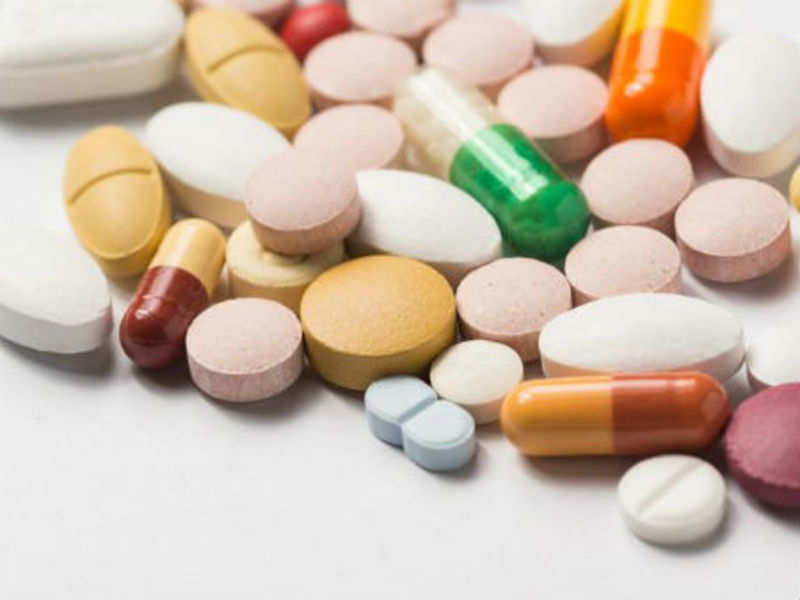
New measures to fight against the vast amounts of counterfeit goods flooding into the U.S. have been announced by the Trump administration. Chad Wolf, acting secretary of the Department of Homeland Security (DHS), announced new policies aimed at increasing the scrutiny and potential penalties for a broader range of participants in e-commerce to disrupt fraudulent commerce. DHS says law enforcement now will be seeking out any and all fake products and using “all available statutory authorities to pursue civil fines and other penalties against these entities.”
The vision laid out by DHS in a 54-page report details plans for greater law enforcement action, more concrete participation by private businesses, and future congressional action. The dozen steps outlined in the report gives Customs and Border Protection (CBP) more authority to oversee warehouses and business owners to shutter the “illicit trade epidemic.” CBP is leading the new efforts because of its role as the inspector of all incoming foreign mail and packages. They’re planning to target North American warehouses in particular.
Counterfeits are viewed as both an economic threat and a potential danger to public health by Homeland Security. For example, fake pharmaceuticals and cosmetics can be contaminated with adulterated ingredients that can be hazardous to consumers. Hundreds of billions of dollars of fakes are sold on platforms like Amazon every year. Any manufactured item is at risk of being counterfeited and sold online because sellers face little chance of being caught or prosecuted.
More than 600 million express and international mail shipments passed through CBP inspection facilities in fiscal 2019. A small percentage of them were inspected, due to the sheer volume and few inspectors. Last year, the agency made $546 million in seizures. Unfortunately, even when packages are found to contain something that is illegal and stopped, federal agents often find it difficult to track down the shipper and bring them to justice. According to U.S. government data, the majority of imitation products seized over the past two decades came from China and Hong Kong.
